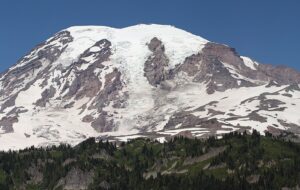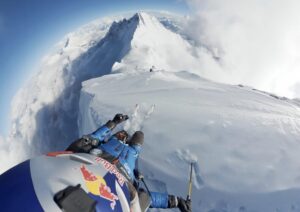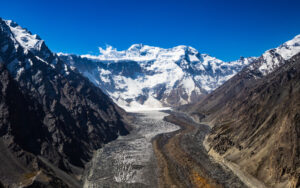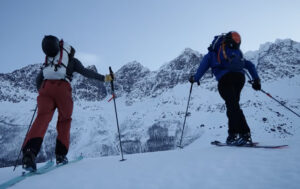It’s not news that climate change is severely affecting the European Alps, but studies quantifying the economic impact of increasing average temperatures are still scarce. When they are published, the conclusions are scary.
“Without snowmaking, 53% and 98% of the 2,234 ski resorts studied in 28 European countries are projected to be at very high risk for snow supply under global warming of 2 °C and 4 °C, respectively,” a new article published in Nature states.
Shorter seasons
So, if average temperatures rise another 4°C, skiing in Europe is essentially over. Of course, there is an “if” in the previous sentence, but every ski-lover in Europe knows that ski seasons are progressively growing shorter. Rain in the middle of winter seems more common, spoiling conditions on the runs. Last year, the beginning of the season was troublesome, not only in southern Europe but also in the most visited ski spots in the Swiss, French, Austrian, and Italian Alps.
As the study explains, the changes are not regular: warming is hitting lower or more southern resorts particularly hard. In such places, snow canyons have become an essential part of the infrastructure, as numerous as ski lifts and snow-cats.
Meanwhile, the resorts’ maintenance technicians use their skills and resources. They shovel thick layers of wet snow upside down to get drier layers to the surface before the skiers start gliding down. They snow-farm too, piling up and trying to preserve the remaining snow at the end of the ski season, so they can use it the following winter.

Snowfarming in Ruka, Finnland. Photo: Lugares de Nieve
Shooting snow is not enough
Snow guns have become increasingly popular in ski resorts across Europe, even in places where machines were not needed just a few years ago. In some lower or southerly spots, business is entirely dependent on artificially produced snow. The question is how long this method will be sustainable, or even profitable.
The average snow gun is capable of producing snow at nearly 0ºC and some new models are capable of spraying solid snow even at 4ºC. However, their use requires lots of power and water.
“While it represents a modest fraction of the overall carbon footprint of ski tourism, snowmaking is an inherent part of the ski tourism industry and epitomizes some of the key challenges at the nexus between climate change adaptation, mitigation, and sustainable development in the mountains, with their high social-ecological vulnerability,” the article explains.






